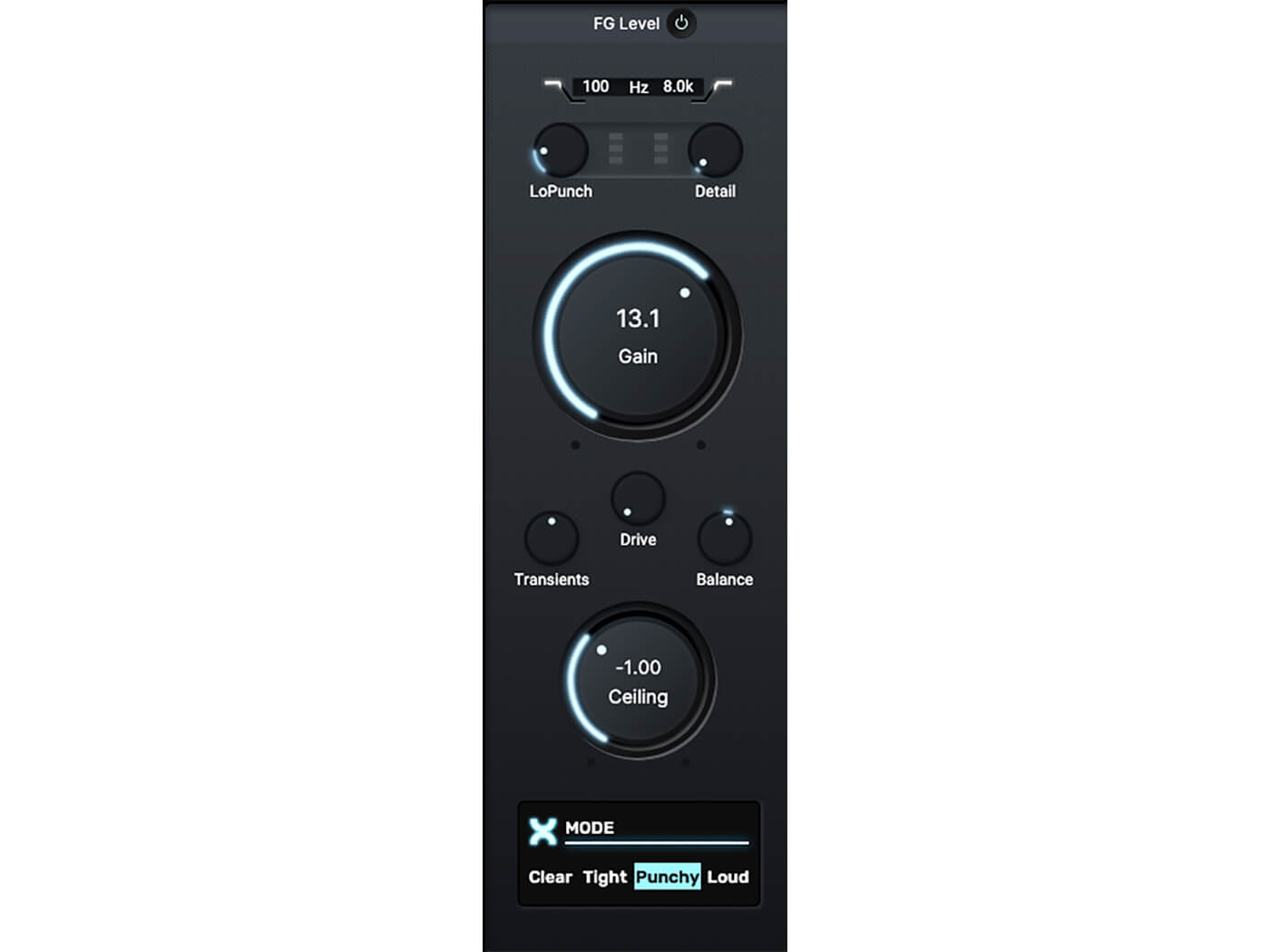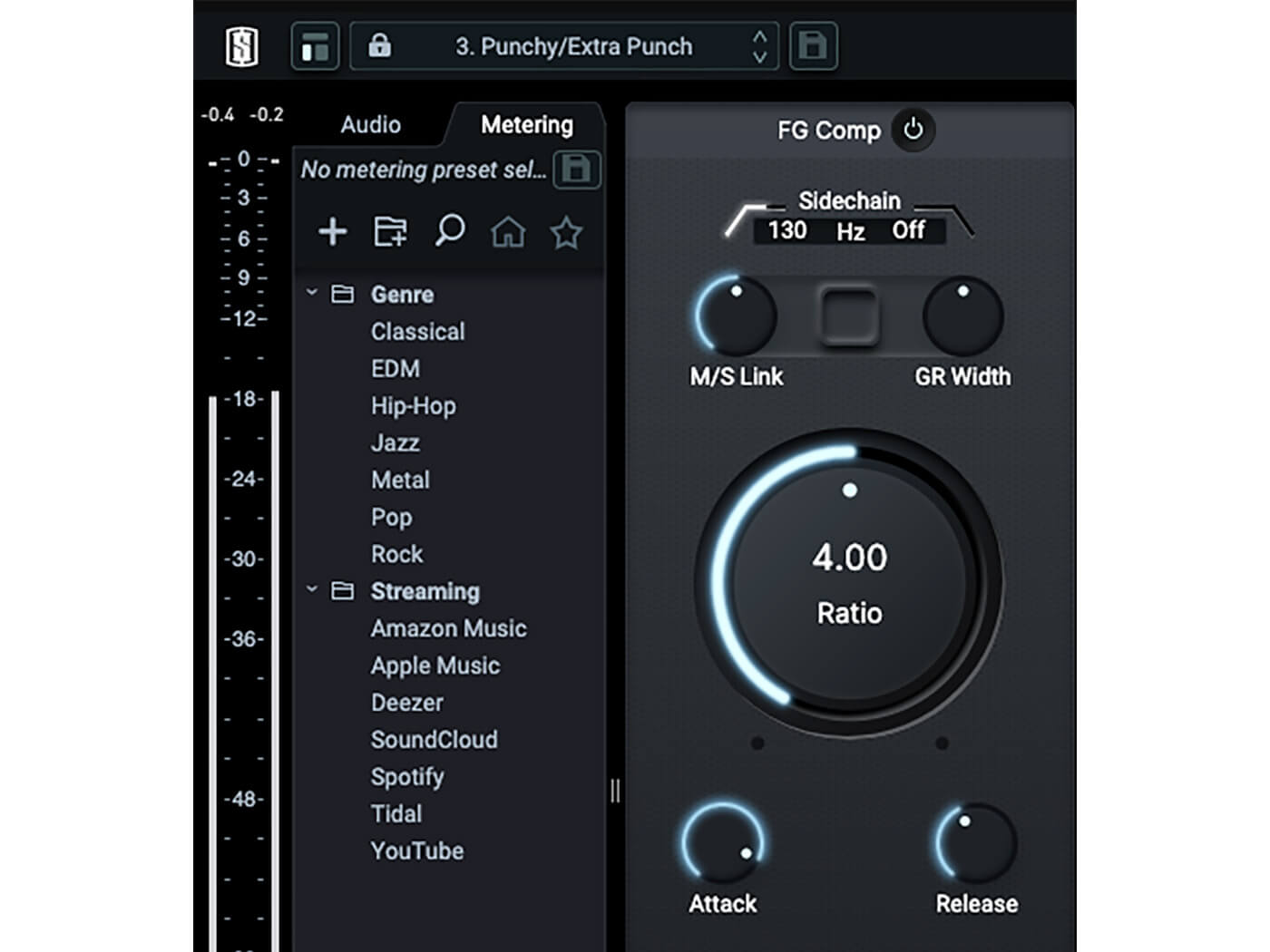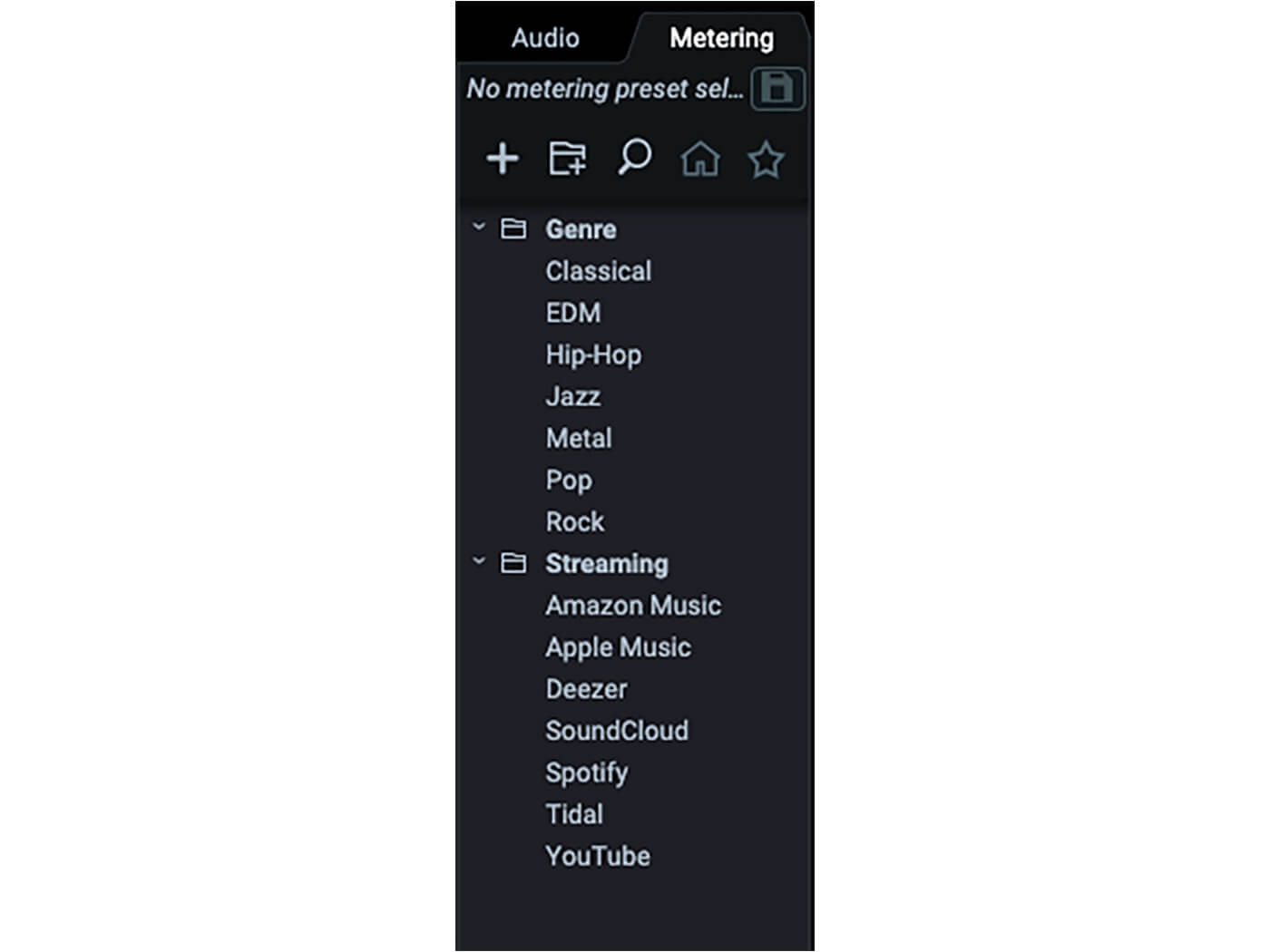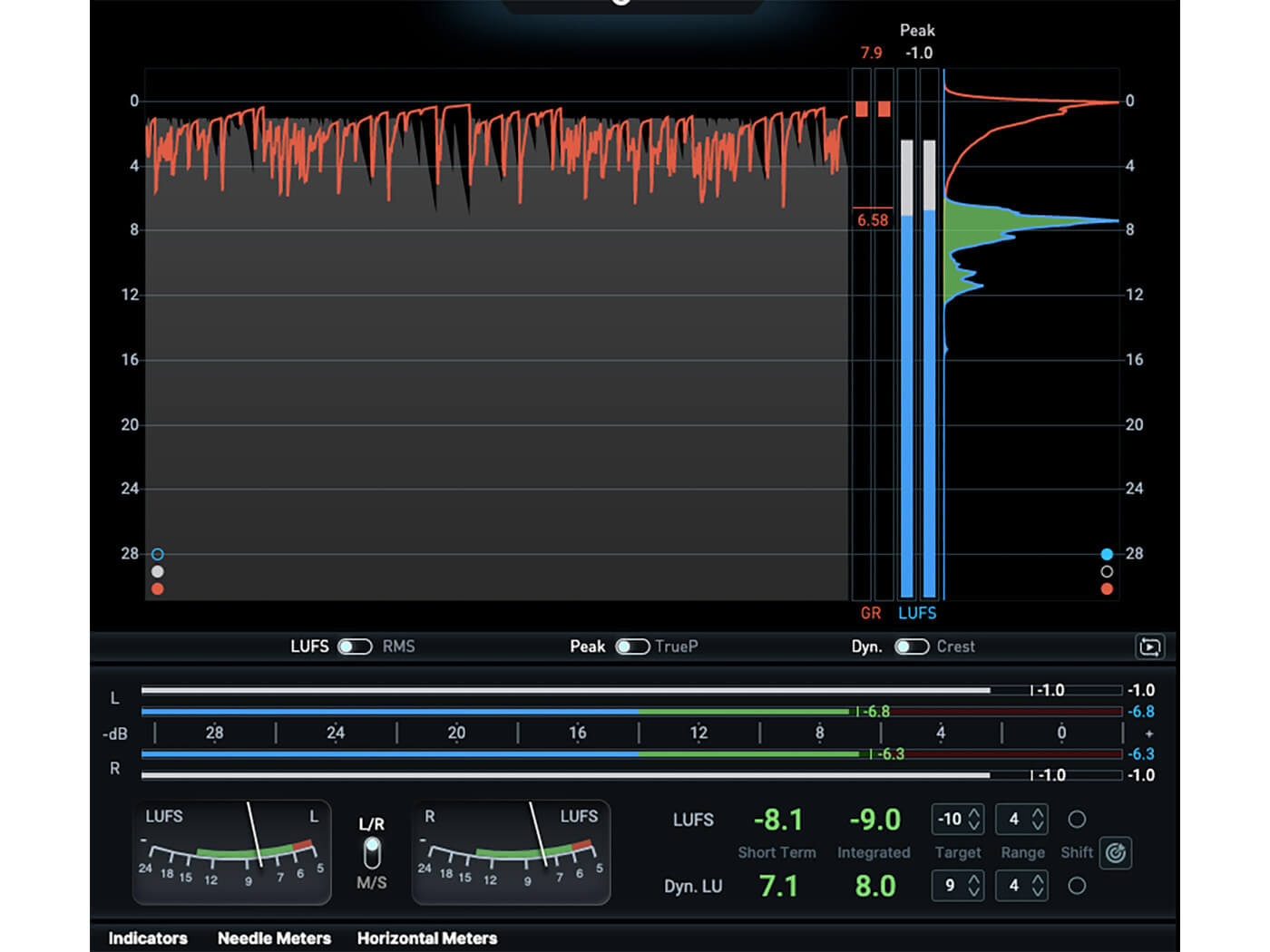The original FG-X came in 2009, and was praised for its transparent algorithms and flexible design that paired a compressor with a mastering limiter. Not long after its release, Steven Slate and algorithm designer Fabrice Gabriel teased that they were working on an improved version 2, which would be available to all users for free. As many years passed, many thought it had become vapourware, never to see the light of day.
Fast-forward and we finally have the new FG-X 2 within our grasp, with completely re-written algorithms, extensive metering, and additional transient control. Its slick new design makes it more flexible and easier to use, however the plugin occasionally struggles to keep up with the competition, which has moved on leaps and bounds in the intervening years.
First things first; we’re happy to say that the company is honouring its original pledge to make FG-X 2 free of charge for anyone that already owns an FG-X licence, which is very welcome given the major update. Like Slate Digital’s MO-TT release, FG-X 2 includes both Easy and Advanced views, which can be switched at the top of the clean-looking, resizable new GUI. Toggling into Advanced view doesn’t dramatically change things, but you get access to a handful of extra parameters that help refine the sound (more on these later).
The first part of the signal chain is a mastering-grade compressor called FG Comp. It has simple controls for ratio, threshold, attack and release, plus a gain reduction meter. It sounds lovely and smooth; in fact, we find it difficult to get a bad sound out of it, whether taming peaks using a high ratio and threshold, or doing more gentle, low-ratio balancing. Advanced mode adds a sidechain EQ and M/S controls, which allow you to unlink the centre and side components to achieve a wider mix.

On the opposite side of the plugin’s panel, we have the main event: FG Level. This mastering limiter has an optional True Peak Limiting button, and simple controls for ceiling and gain. The improved algorithm analyses the signal to determine whether to apply saturation or limiting, based on the frequency content. You also get LoPunch and Detail controls, which boost low or high frequency transients respectively, adding more excitement to the audio before it hits the limiter. If you want to tweak things further, then the Advanced view gives you control over the frequency ranges of these boosts, and also adds transient, drive and balance controls. These are used to increase or reduce the impact of transients, to introduce pleasing saturation, and to skew the limiting to focus on the lows or highs. All three are relatively subtle, but are useful for shifting the overall sound of the master in different directions. If you have a bright and aggressive sounding mix, for example, then you might consider taming some transients, warming things up with saturation, plus gently emphasising the low-end using the balance control.
These are all great tools for refining how the limiter reacts, but the main parameter that changes the sound is the mode selection, found in the bottom-right-hand corner. Here you can choose from Clear, Tight, Punchy and Loud, which make tweaks under the hood including changes to the attack and release responses. Clear is the smoothest and most transparent, and Loud most aggressive, with the others sitting somewhere in-between. You would probably reach for Clear when working on more gentle, acoustic music that you want to sound more natural, and reserving Loud for genres like hip hop, pop and EDM, where dynamics are often more smashed. It’s easy to experiment with each setting to help find the perfect balance between volume and transparency. That said, you’ll have to adjust the gain amount each time you change, as the faster release times result in a louder mix.

To the side, we have options for dither, and a useful listening section where you can solo the difference, mid, side, and left and right signals. There’s also a Constant Gain Monitoring button that automatically balances the input and output volumes, so you can focus purely on the effect the processing is having on the mix and not be thrown by level imbalances. Unfortunately, it’s not that accurate and we found it consistently played the processed signal noticeably quieter than the unprocessed – not very helpful at all. In fact, as there’s not really an output control (apart from a ceiling dial that only goes down to -3dB) it makes accurately volume-bypassing the plugin virtually impossible. Hopefully this can be improved in an update.
The final major piece of FG-X 2 – and perhaps the biggest update aside from the improved algorithms – is the extensive metering. You get graphs showing LUFS/RMS, peak/true peak, peak reduction, histograms, needle and horizontal meters, plus the option to show and hide different elements as you see fit. You can also select a target loudness value, with a useful Shift button that tells you how much you need to add or reduce to hit it. It’s an extensive system that pairs well with a bunch of metering presets for several genres and streaming platforms. Additionally, there are also 22 style presets for the main compressor and limiter.

Testing FG-X 2 alongside our current favourite, Sonible’s smart:limit, we see how it stacks up against the competition. By experimenting with the different modes and settings, we’re able to get similar results, but FG-X 2 struggles a little, starting to subtly distort more on a kick-heavy house track. This is possibly due to smart:limit’s spectral approach, which can smooth certain frequencies ahead of the limiting. We are however, able to reduce the distortion by using the built-in FG Comp to tame some of the kick signal before it hits FG-X 2’s limiter. We generally find FG-X 2 a little less forgiving where bass elements poke out of a mix or are too transient. Where it shines however, is in elevating flatter-sounding mixes through the use of the additional transient controls and subtle mix rebalancing.
All in all, FG-X 2 is a big improvement over the original, both in terms of sound clarity and overall design, especially with the extensive metering. It isn’t the clearest or most open sounding on some of our mixes, but on others, the additional controls help to quickly sculpt a more lively, punchy sounding master.

The perpetual licence is perhaps a little on the pricey side at $199, especially when you compare it to high quality competitors such as FabFilter’s Pro-L 2, smart:limit, or Ozone 10, but it’s worth testing out to see how it works with your material, as you may prefer the sound and controls. Thankfully there’s a one-month free trial, and the All Access Pass subscription offers another, great value option.
Key Features
- Mastering suite with limiter and built-in compressor
- Clear, Tight, Punchy & Loud Modes
- Separate control of low and high transients
- Drive control for added saturation
- Auto Constant Gain Monitoring feature
- Difference, M/S and L/R listening modes
- Flexible new metering system with histograms, LUFS/RMS, peak/true peak
- Target and Shift feature helps pinpoint target volumes
- Presets for settings plus loudness metering targets
- Flexible, resizable interface with Easy and Advanced views
- Undo/redo, A-B switching, tooltips
- AU, VST2, VST3, AAX
- Requires iLok (perpetual licence requires USB dongle; subscription licence can also use iCloud)
- $199 perpetual licence | $24.99/mo rolling subscription | $9.99/mo annual subscription paid monthly ($9.99 for first 6 months, $14.99 after) | $149/yr annual upfront subscription
- Contact Slate Digital
- Buy: Gear4music, Slate Digital




